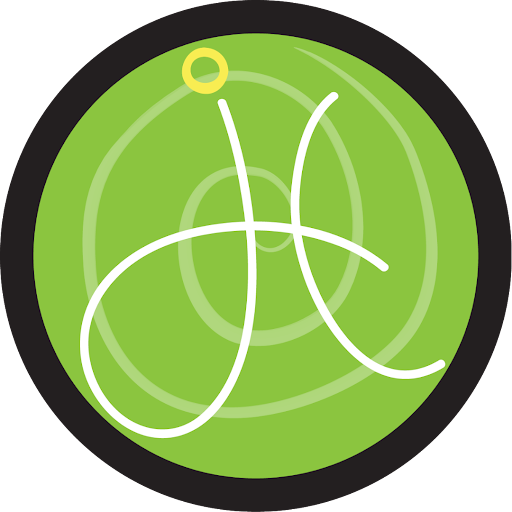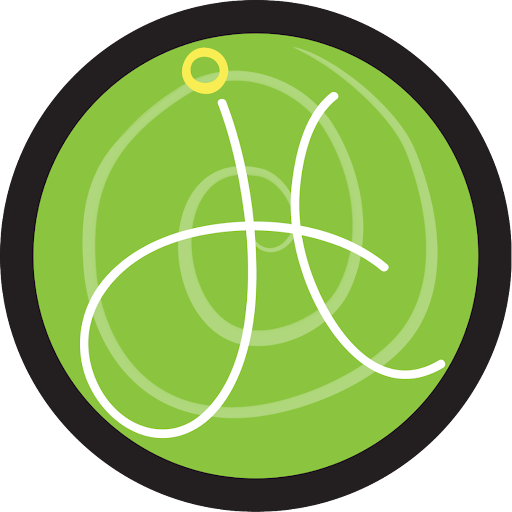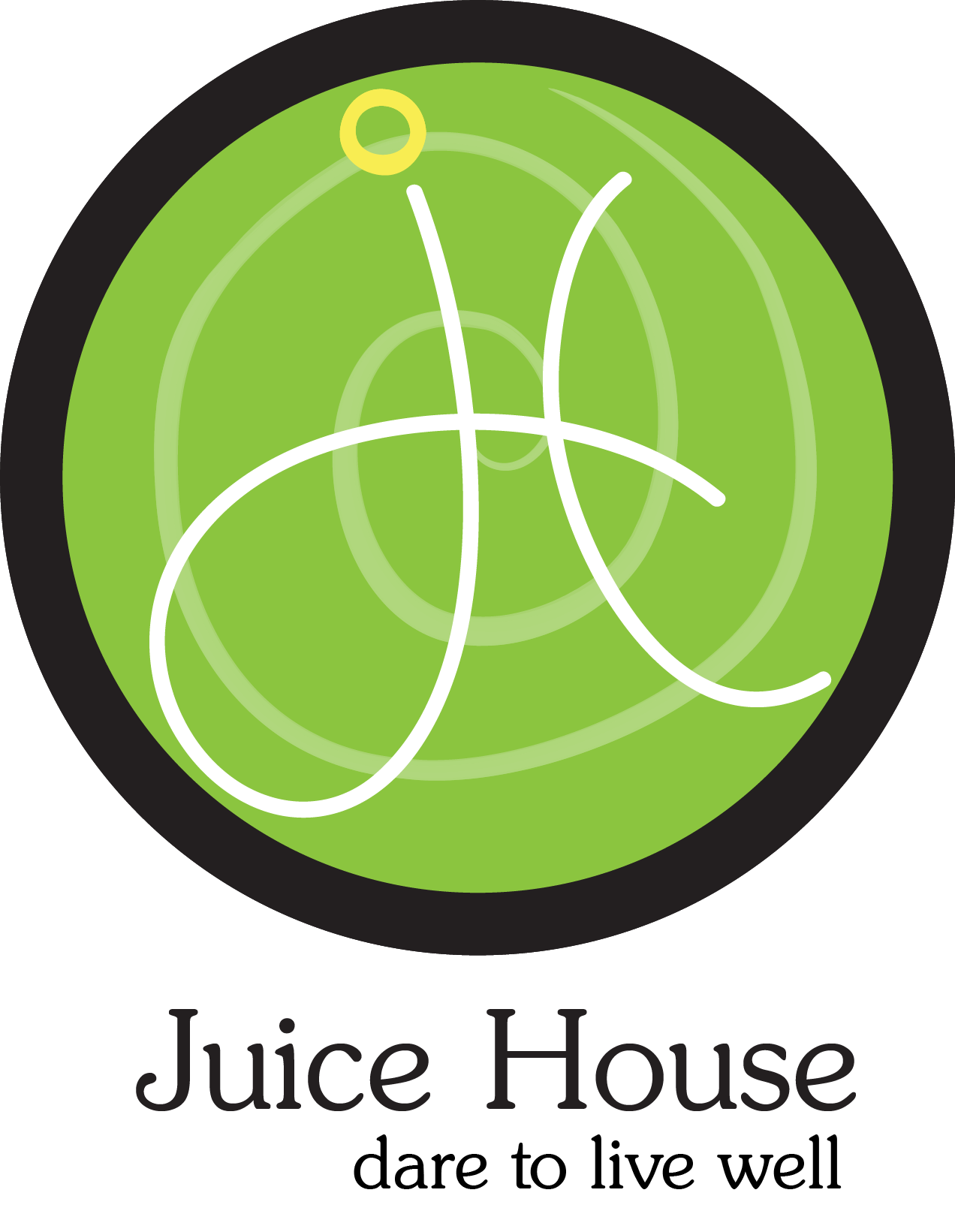When the word library is mentioned, often the first image that comes to mind is rows and rows of books, microfilm and chests of card indexes. But in recent years, libraries have undergone dramatic transformation in response to the influence of the digital age and the William S. Carlson Library at the University of Toledo is no exception. Named after the university’s visionary tenth president, Dr. William S. Carlson, the library was born as part of the University’s developing innovation.
Dr. Carlson’s leadership from 1958 to 1972 transformed the University of Toledo, expanding academic programs and infrastructure. His dedication to higher education laid the foundation for the library’s significance. The library officially opened in 1973, having grown beyond its former home in University Hall, reflecting the institution’s progressive expansion under Dr. Carlson’s leadership. With this change in location and increase of space, came new resources and access for students, faculty and the community. Unlike many universities, the local community also played a crucial role in the library’s construction, making the value of the library a reality. This collaborative effort between the university and the community underscores its role as a symbol of equitable access to knowledge in both spheres.
Today, Carlson Library is more than a book repository; it’s a dynamic learning and collaborative space, a place for connection and conversation. According to David Remaklus, the operations manager at Carlson Library, the change has been dramatic.
“There’s been a lot of changes over the last 20 years, I think libraries have changed more in the last 20 to 30 years than they did over the last 200 years,” he said.
Since its major renovations in 2007, the library has continued to adapt and reimagine itself as a hub for student engagement and learning as traditional uses of libraries are becoming obsolete. “There’s always that chance once you start opening up space, you’re going to get it taken, so you really need to be able to be relevant to what the students need,” Remaklus said.
Across its six floors, students have access to academic support resources ranging from tutoring services to IT support. For students looking for a more casual study environment, the second floor provides an open space layout with modular group study pods, a cafe, stationary bikes and open music performance hours, all designed to foster connections and social engagement.
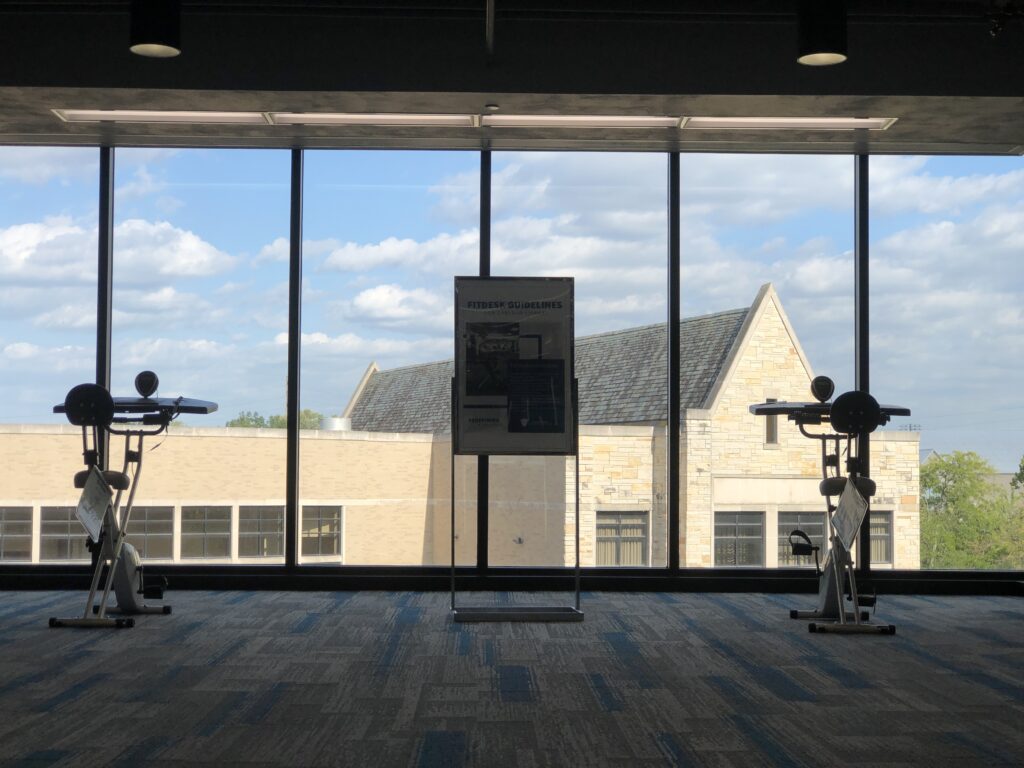
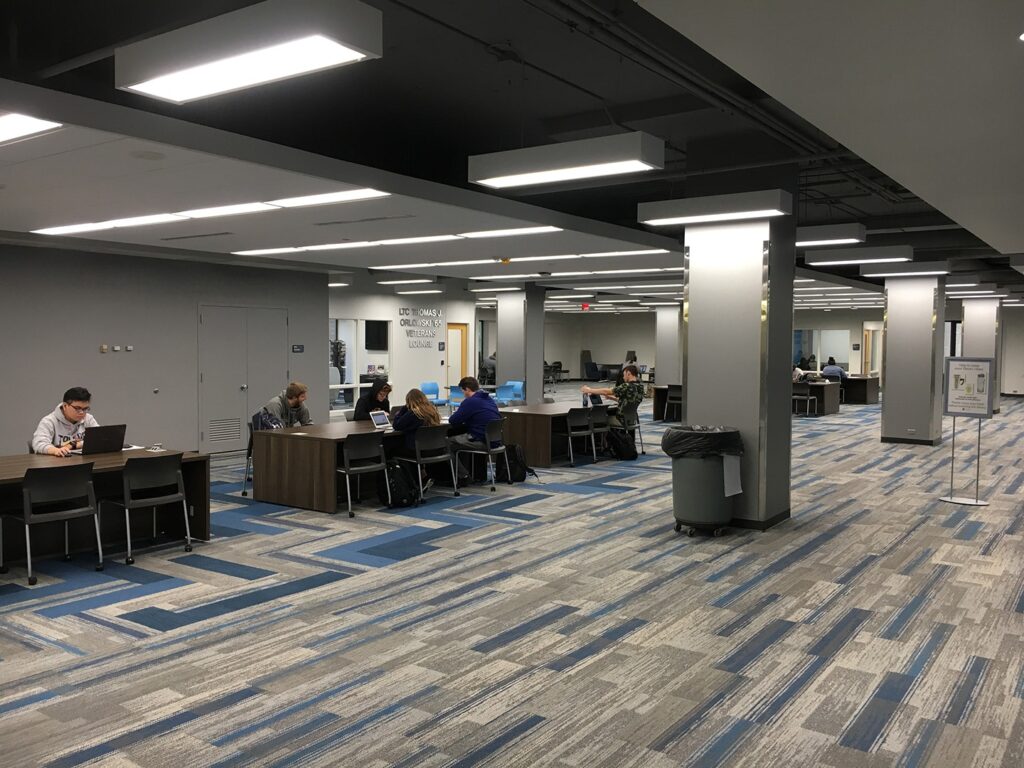
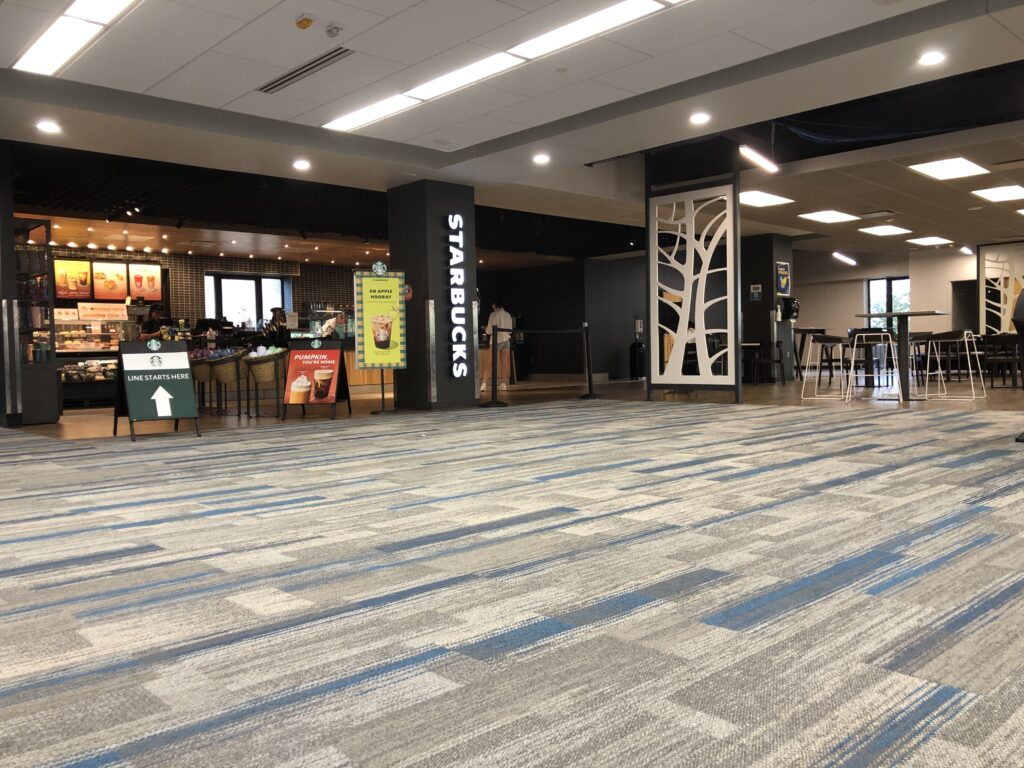
The library also serves as an alternative study space for the diverse student population. In recent years, the library has extended collaborations to other campus departments, including the Military Service Center.
“Originally, the veterans lounge was over in Rocket Hall … I realized at the time it was just off campus,” Remaklus said. “It should be on campus, right in the middle of campus, and it moved to the library,” he said. Within the Lt. Col. Thomas J. Orlowski ’65 Veterans Lounge, which opened in 2017, students are provided a computer lab, lockers, coffee and snacks and a lounge decorated in memorial of student veterans.
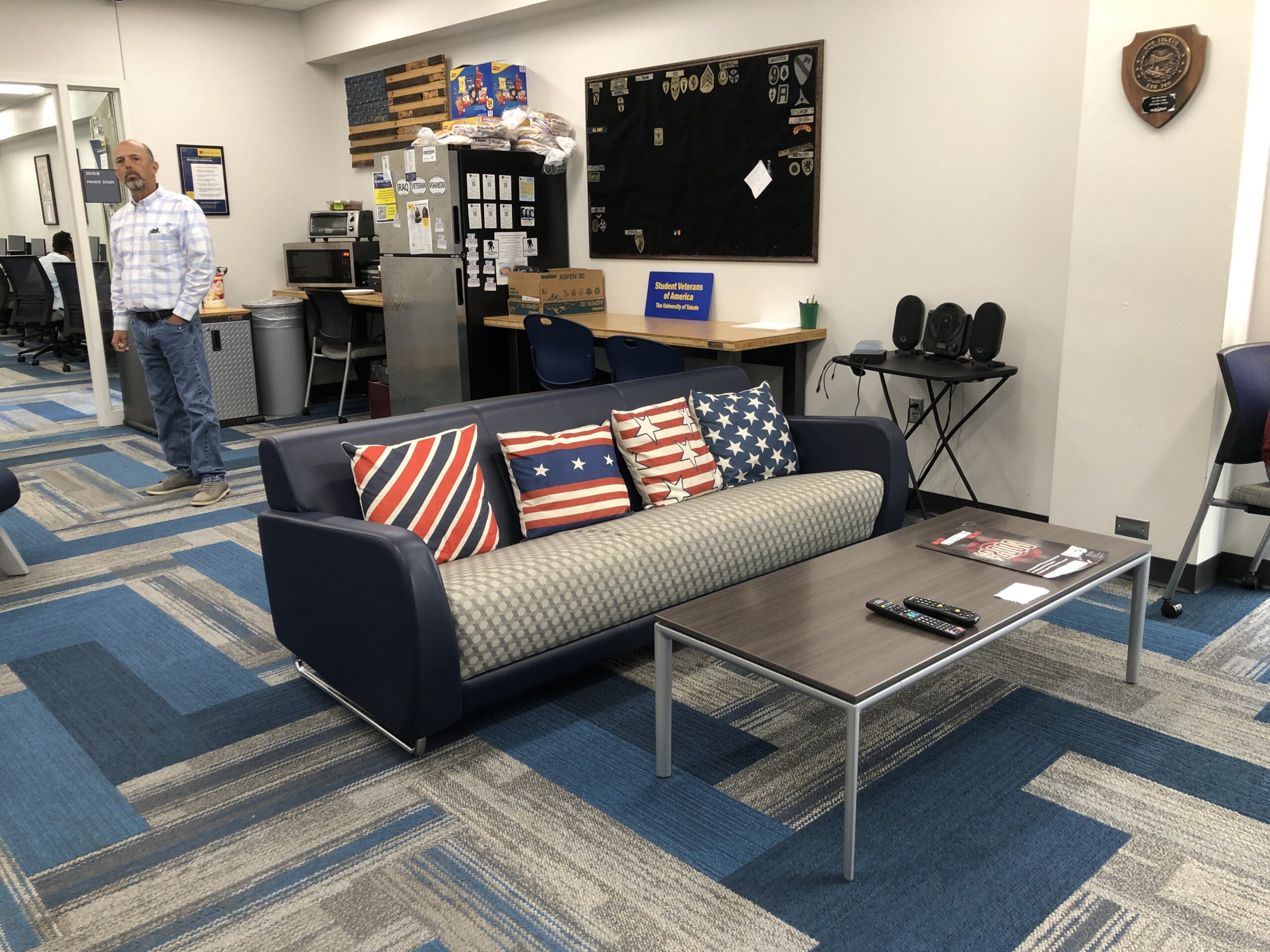
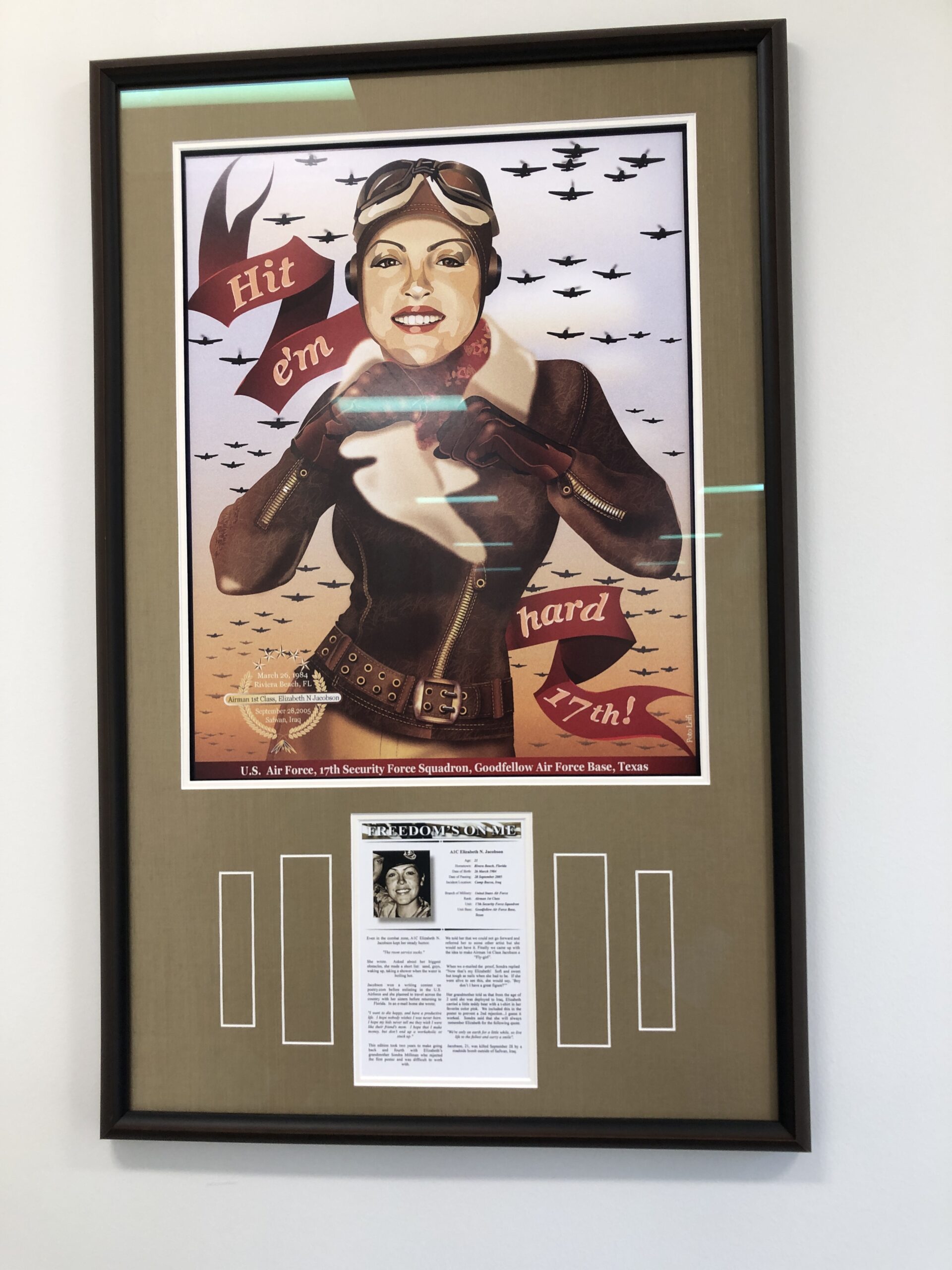
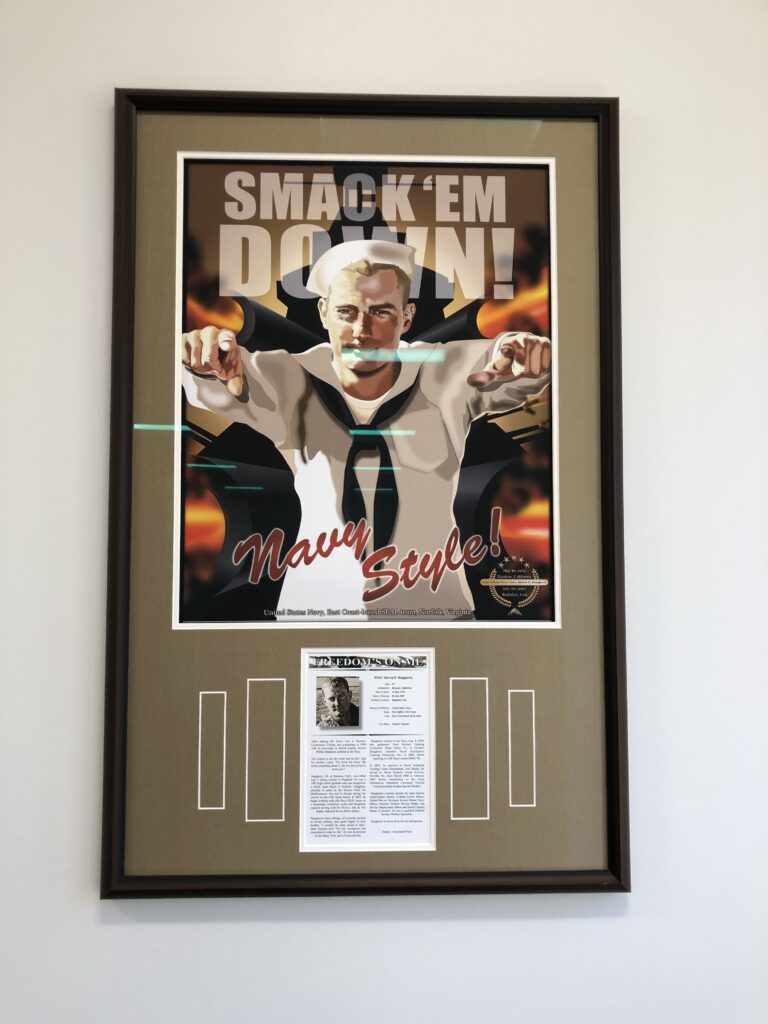
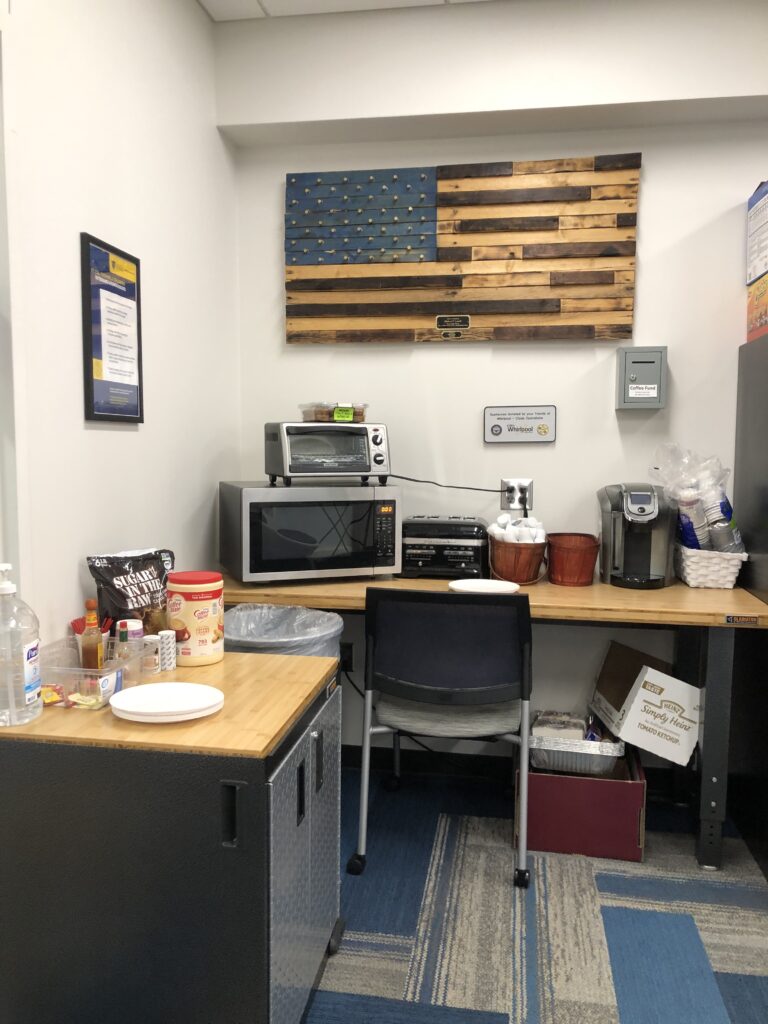
From left to right: The Veteran’s Lounge on the second floor of Carlson Library offers a unique space for veterans to memorialize those who served in the military. Images courtesy of Juice House.
Knowing that the student population may also be parents, Carlson Library also provides two safe and colorful spaces designed specifically for infants and small children on the third floor. This floor is also home to the juvenile book collection.
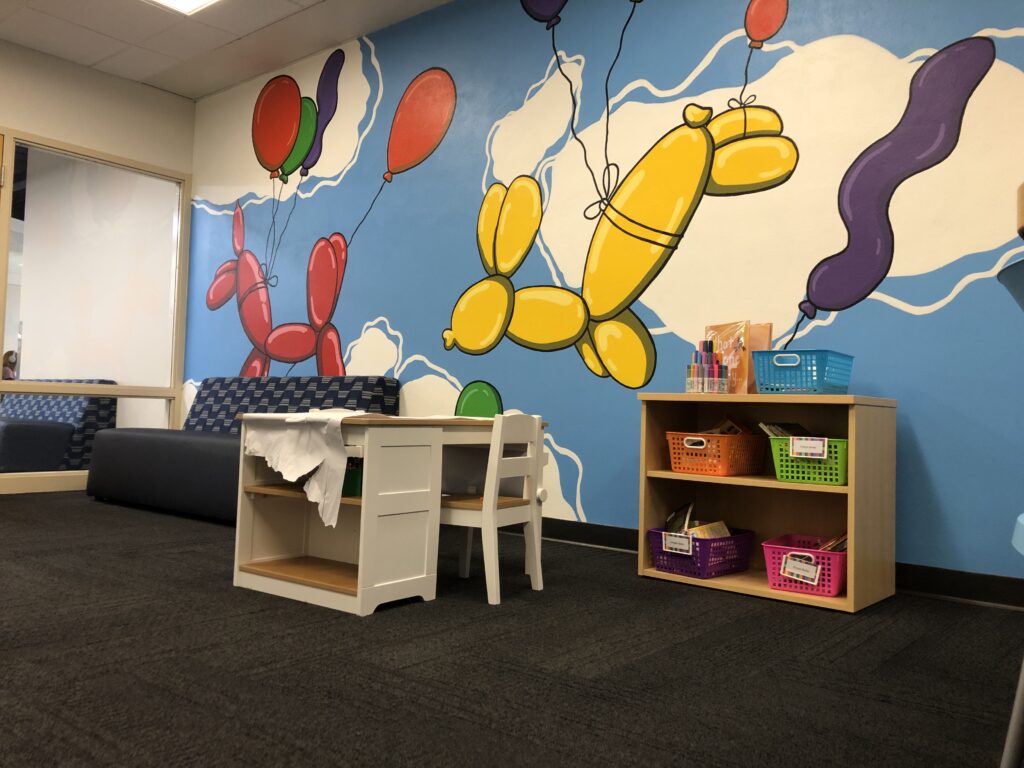
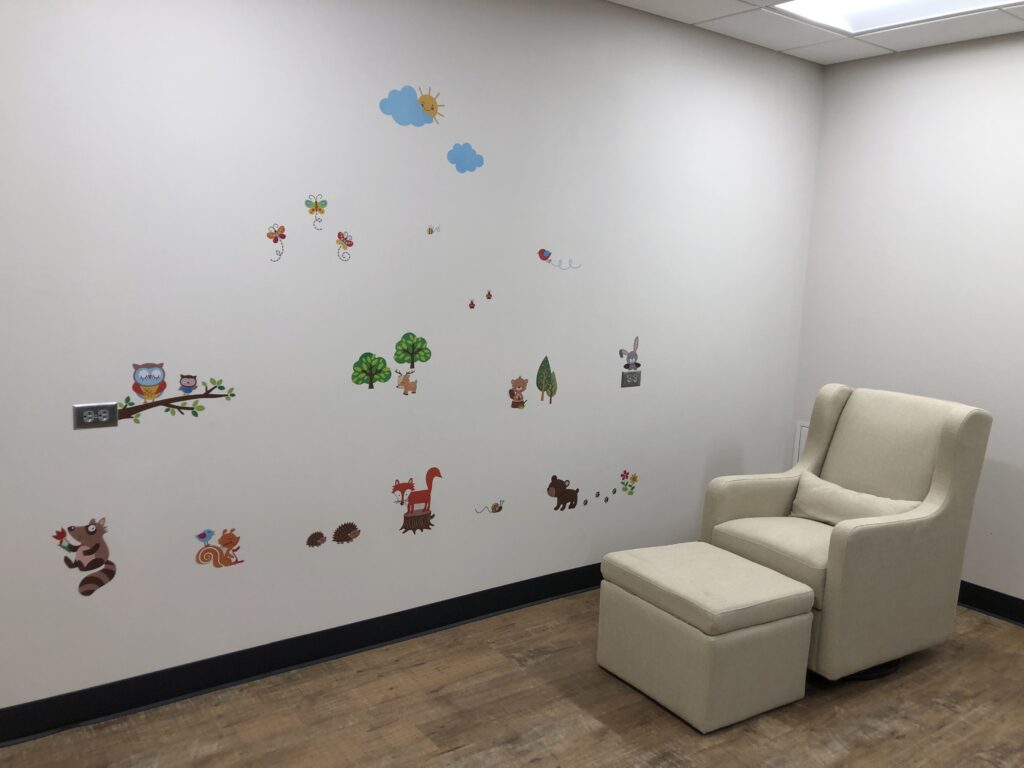
The children’s cove (left) and the infant room (right) offer a comfortable environment for parents and children while on campus. Images courtesy of Juice House.
The library re-envisions its space to provide students access to the best environments to improve their study quality. Recent renovations have created open study spaces for groups, including fifty study rooms strategically placed throughout the library; mock classrooms and presentation spaces are also available for active learning.
To stay relevant in the digital age, the library has embraced modern technologies, by continuing to offer access to digital collections, e-books and online journals. Advanced research tools and discipline-specific librarians enable users to engage with information in unprecedented ways. The library also promotes information literacy through workshops, seminars and digital literacy programs, opening students to new interest areas while on the premises.
Rooted in its heritage of community engagement and support, the Carlson Library continues the legacy of receiving and giving to the local community. The walls of the interior of the building showcase murals by art students for practicing and contributing to the library’s art collections. Carefully curated history exhibits in the Canaday Center on the fifth floor highlight the rise of the local glass industry, Jeep Factory and community involvement during World War II.
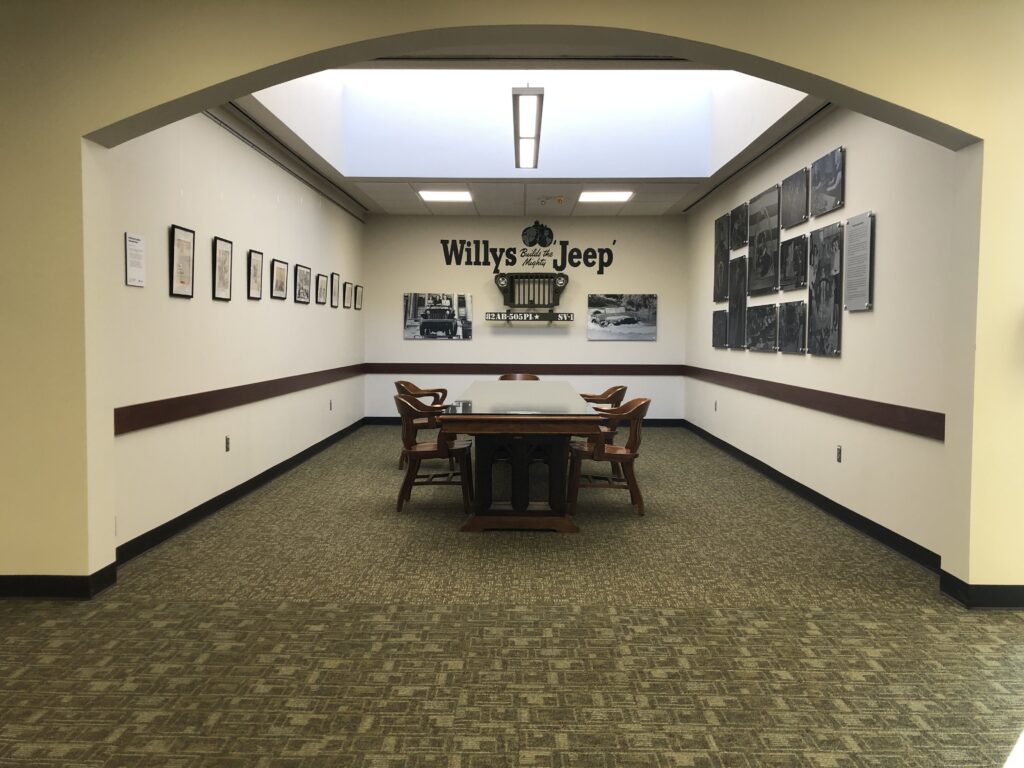
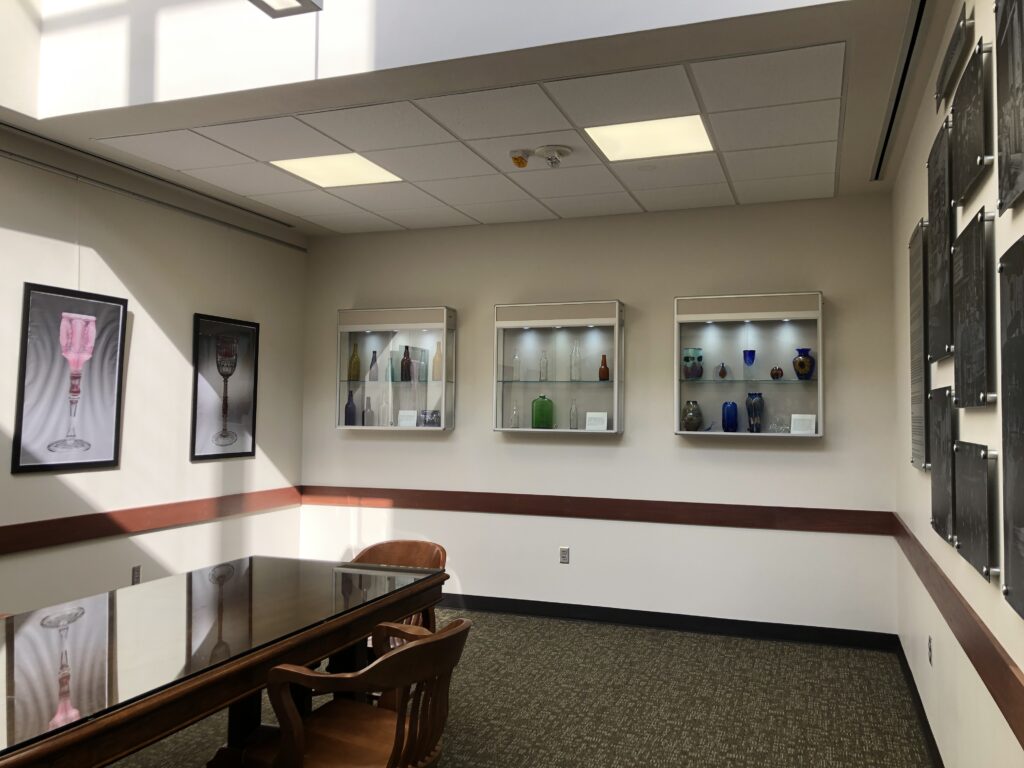
The Willys Jeep commemoration room and the special exhibit coves offer a snapshot of local history and a pleasant environment to study. Images courtesy of Juice House.
The library’s special centuries-old manuscript collections serve as a special attraction to reconnect its legendary history with its current dedication to the community. From the art gallery on the ground floor to the rain garden and native plant restoration projects at the south entrance, Carlson Library has continued to evolve in its creativity in fostering campus, local and regional community exchange.
From its community-supported origins to its modern role as a digital and collaborative learning hub — state-of-the-art classrooms, event spaces and seminars for the broader community and curated galleries — the library symbolizes the University’s dedication to academic excellence through more mediums than books. As it adapts to the needs of a fast-paced society, the Carlson Library remains a hub of student engagement, resources and adaptive learning, bridging the past with the present and paving the way for a brighter educational future.
